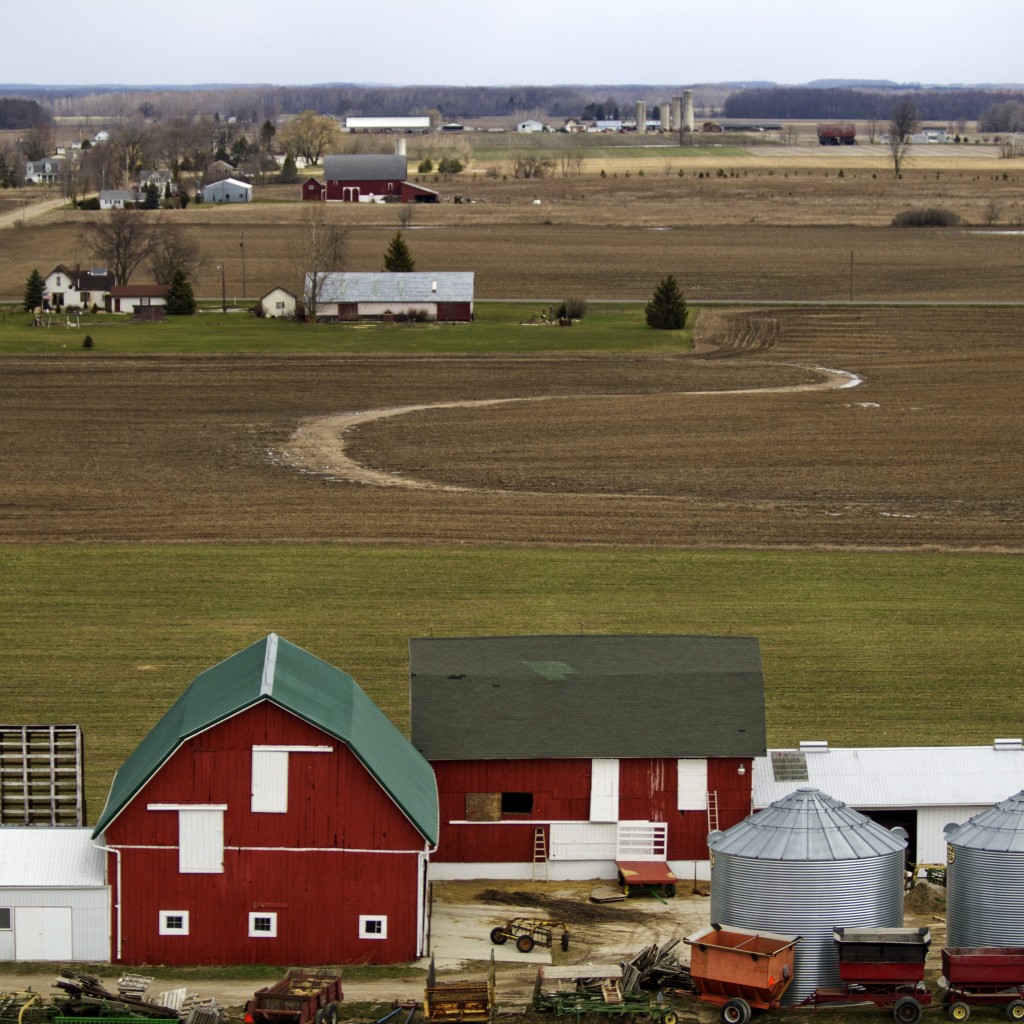2019 Farmland Values Stay Steady
Despite another year of low profit margins for farmers, rising interest rates and global economic uncertainty, the farmland market was flat to even slightly-higher in 2018.

“Farmland values remain relatively resilient given the downward pressure from farm incomes,” says RD Schrader, president of Schrader Real Estate and Auction Company in Columbia City, Ind. “Overall farmland values continue a slight trickle-down trend, as interest from farmers who saved in the better income years and investors continues to provide support.”
Showcased Strengths
The first half of 2018 showcased strength for values as limited land was sold. This brought support to the broad Midwestern market, says Doug Hensley, president of real estate services for Hertz Farm Management in Nevada, Iowa. “The bump in grain prices during the late winter/early spring season in 2018 offered solid pricing opportunities for both old-crop and new-crop corn and soybeans, and importantly, established a relatively strong spring price for revenue-based crop insurance policies.”
But the growing season brought too much rain in some places and too little in others. Then the Chinese trade and tariff issues hit, which sank grain prices and optimism.
“Coming into the fall harvest season, producers were generally hopeful for good crop yields, but commodity prices had clearly reset at lower levels,” Hensley says. “This shift lower has impacted the ‘psyche’ of the market and the overall confidence of the 2018 land market.”
This shift in attitude and weakness in the market has reduced the number of buyers chasing properties, says Steve Bruere, president of Peoples Company in Clive, Iowa. “It’s also created some buying opportunities for those who want to remain in the market.”
For 2019, Bruere says, he’ll be watching farmer buying versus investor buying.
Midwest Row-Crop Farmland
“Farmers buy 80% of Midwest row-crop farmland, and they have lower return expectations than investors who are buying for purely economic reasons,” he says. “If you see that drop significantly and investor return expectations start to drive the market then you could see a significant change in land values due to the type of buyer.”
Even among the farmer buying pool, trends are emerging. Buyers are being more selective of when, and how far they are willing to compete for and/or buy a farm, Hensley adds.
Looking forward, these factors will continue to pressure farmland values, says Jim Farrell, president of Farmer’s National Company in Omaha, Neb. Although, it’s hard to know to what extent.
“My crystal ball is a bit foggy,” he says. “I think we will see a gradual decrease in land values in general over the next 12 months as interest rates continue to increase and cash flow needs at the farm level continue to become more of an issue for refinance.”
The big question, he says, is will it continue to be a gradual correction, or will it accelerate?
3 Factors That Could Topple Farmland Values
Since hitting bottom in the early 1990s, the price of agricultural land has soared, rising 169% in real terms between 1994 and 2015, according to Erik Norland, executive director and senior economist of CME Group.
“Moreover, agricultural land values were largely untouched by the financial crisis, experiencing only a small dip in 2009,” he says. Since 2015, however, farmland prices have gone sideways. Could they be in for a big decline in value?
The answer depends on three factors, Norland says. They are:
- Interest rates: Farmland values seem to follow real interest rates and the value of agricultural production. Positive real rates might not be good for the value of U.S. farmland.
- U.S. dollar: A strong dollar could be bearish for crop prices.
- The price of key crops: What happens to farmland values in the future might depend upon whether higher crop prices offset the potentially negative influence of higher interest rates or whether lower prices for corn, soy and wheat compound them.
Article via SaraSchafer TopProducer.com

